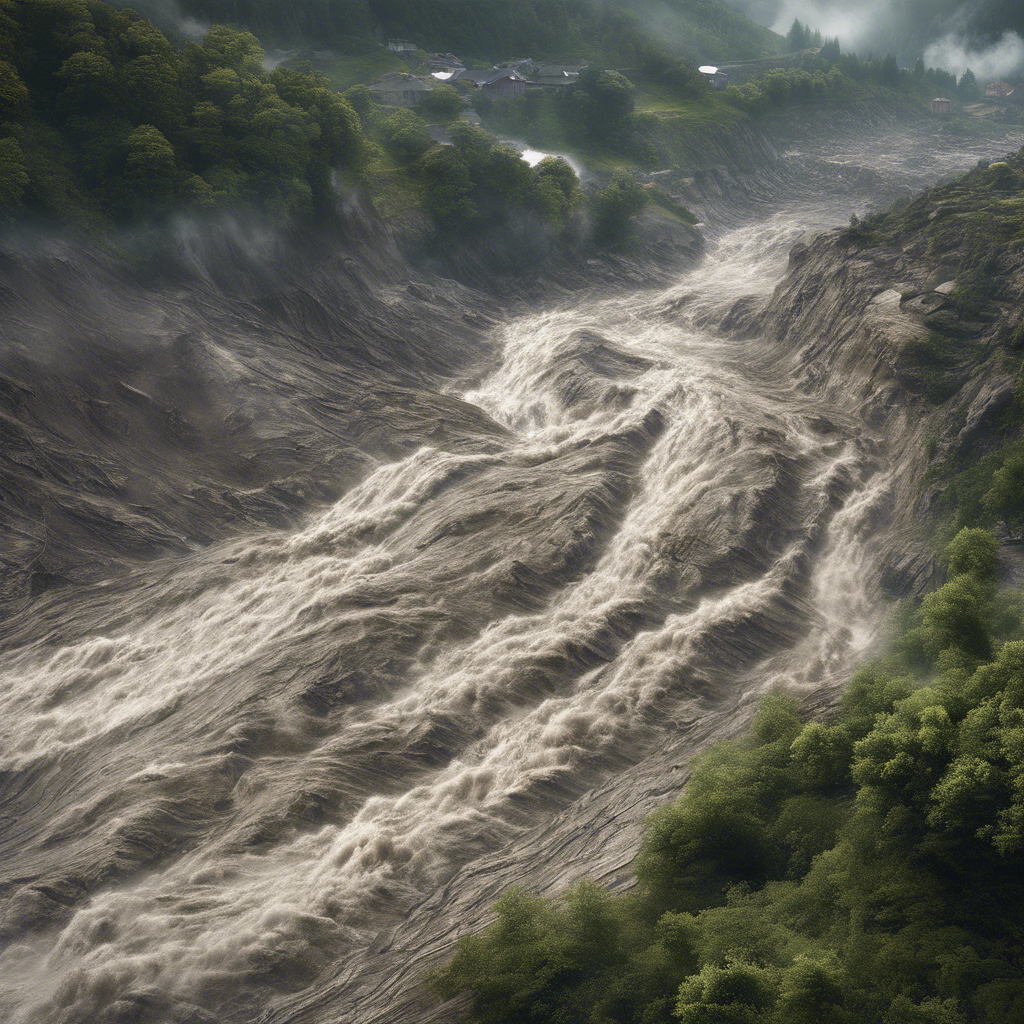The Impact of Climate Change on Landslides: A Closer Look at Kerala
- ClosingHour Editorial
- Aug 1, 2024
- 2 min read
Updated: Sep 18, 2024
Climate change is no longer a distant threat; its effects are becoming increasingly visible across the globe. One of the most significant consequences of this phenomenon is the rise in natural disasters, such as landslides, that can devastate communities and ecosystems. Kerala, a picturesque state in India known for its lush greenery and backwaters, has been experiencing a surge in landslides in recent years, raising concerns about the role of climate change in exacerbating this natural hazard.
Understanding Landslides in Kerala
Kerala, with its hilly terrain and heavy monsoon rains, has always been prone to landslides. However, recent studies suggest that the frequency and intensity of landslides in the region have been on the rise, pointing towards a more significant underlying cause. Traditionally, landslides in Kerala were primarily attributed to factors like topography, soil composition, and rainfall patterns. Still, the influence of a changing climate cannot be overlooked.

Climate Change and Landslides: A Looming Threat
Climate change exacerbates the conditions conducive to landslides in several ways. The increased frequency and intensity of rainfall, a direct consequence of a warming climate, contribute to soil erosion and instability, making slopes more susceptible to landslides. Moreover, rising temperatures can lead to the melting of glaciers and permafrost, triggering landslides in areas previously considered stable.
The Kerala Landslide Tragedy: A Wake-Up Call
The devastating landslides in Kerala in recent years serve as a stark reminder of the urgent need to address the impacts of climate change. The 2020 landslide in Idukki, which claimed numerous lives and caused extensive damage, underscored the vulnerabilities faced by communities living in landslide-prone areas. As the effects of climate change become more pronounced, the risk of such calamities looms larger, necessitating proactive measures to mitigate the impact.
Building Resilience in the Face of Climate Change
To combat the growing threat of landslides exacerbated by climate change, a multi-faceted approach is required. Enhancing early warning systems, conducting detailed risk assessments, and implementing sustainable land management practices are crucial steps in reducing the vulnerability of communities to landslides. Additionally, promoting afforestation, conserving natural vegetation, and adopting climate-resilient construction techniques can help minimize the impact of landslides on both people and the environment.
Steps Towards a Sustainable Future
As we navigate the challenges posed by climate change, it is imperative to forge a path towards sustainability and resilience. Governments, communities, and individuals must work together to enact policies that prioritize climate action and disaster risk reduction. By fostering a culture of environmental stewardship and embracing adaptation strategies, we can create a more secure future for generations to come.
Conclusion: A Call to Action
The interplay between climate change and landslides poses a significant threat to regions like Kerala, demanding urgent attention and concerted efforts. By acknowledging the link between a changing climate and natural disasters, we can take meaningful steps towards building a more resilient and sustainable future. Let us heed the lessons from Kerala's landslides and work towards a world where both people and nature can thrive in harmony.
Embrace the possibilities of change, for our actions today shape the world of tomorrow. Together, we can overcome the challenges of climate change and pave the way for a brighter, more sustainable future for all.
Join the movement for climate action. The time to act is now!



Comments